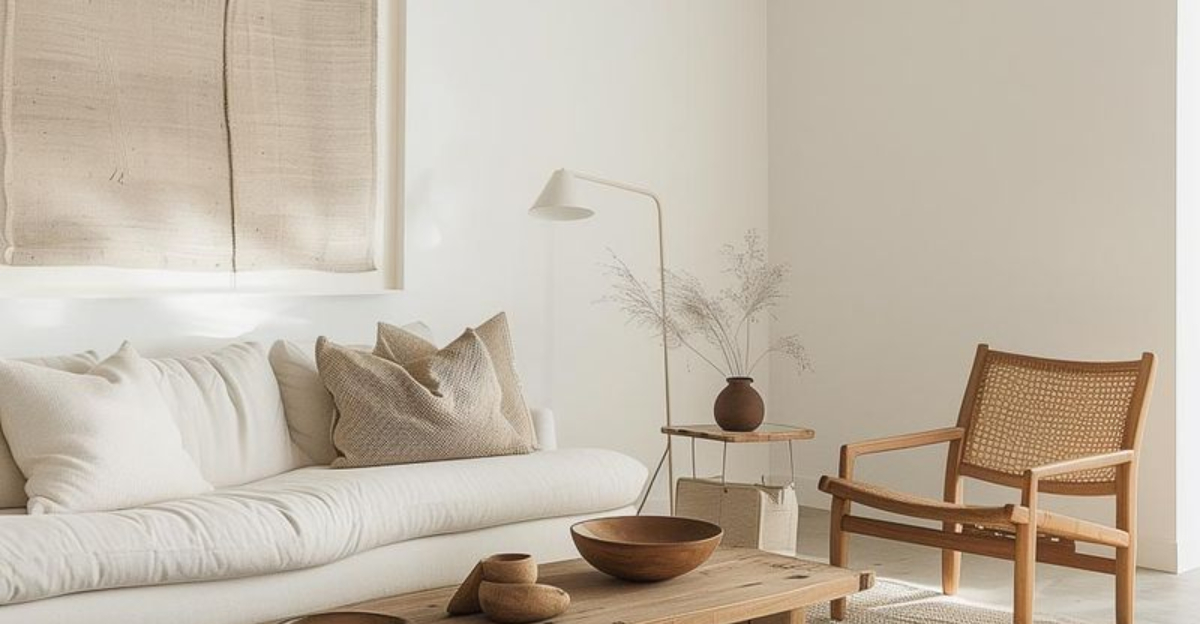Creating a minimalist home doesn’t mean spending thousands on fancy furniture or completely emptying your space. It’s about thoughtful choices that bring calm and purpose to your living areas while being kind to your wallet.
With some expert tips and a bit of creativity, you can transform your cluttered space into a peaceful haven that feels both stylish and budget-friendly.
1. Declutter Ruthlessly to Keep Only Essentials
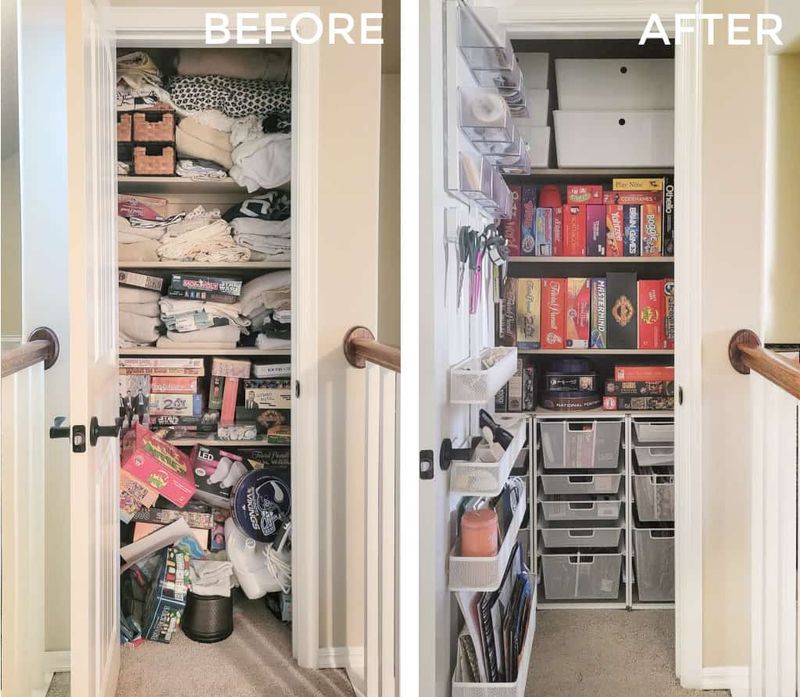
Starting your minimalist journey costs absolutely nothing! Simply grab some boxes and begin sorting through your belongings with a critical eye.
Ask yourself: “Have I used this in the past year? Does it bring me joy?” If the answer is no, it’s time to donate, sell, or recycle. Remember, every item you keep requires cleaning, storage, and mental energy.
2. Choose Neutral Color Palettes for Calm and Cohesion
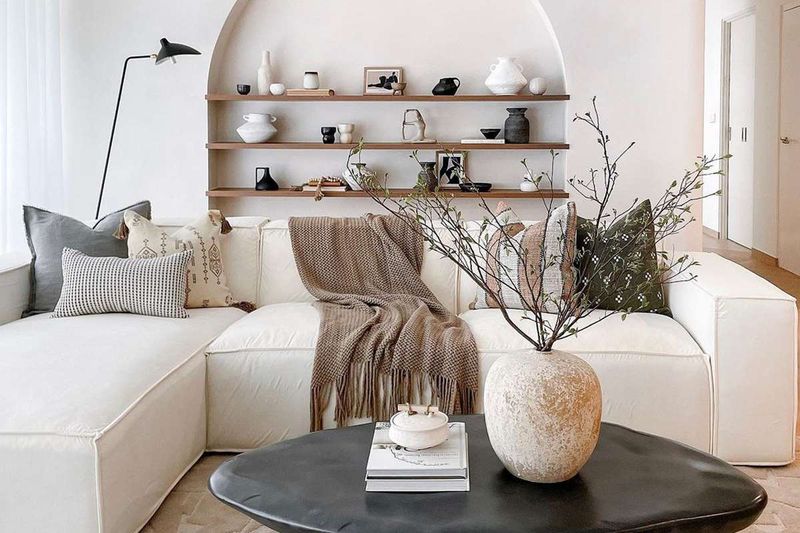
Painting your walls in soft, neutral shades instantly creates a sense of calm while making spaces appear larger and more cohesive.
Look for paint sales or leftover cans at hardware stores for budget-friendly options. Whites, creams, soft grays, and muted earth tones work beautifully as backdrops for minimalist spaces, allowing your carefully chosen items to stand out.
3. Invest in Multi-Functional Furniture

Smart furniture choices can revolutionize your space! Seek out pieces that serve multiple purposes—like storage ottomans, sofa beds, or dining tables with drawers.
When every item pulls double duty, you’ll need fewer pieces overall. While quality multi-functional furniture might cost more upfront, the value comes from replacing several single-purpose items, saving both money and space in the long run.
4. Shop Secondhand for Quality Pieces
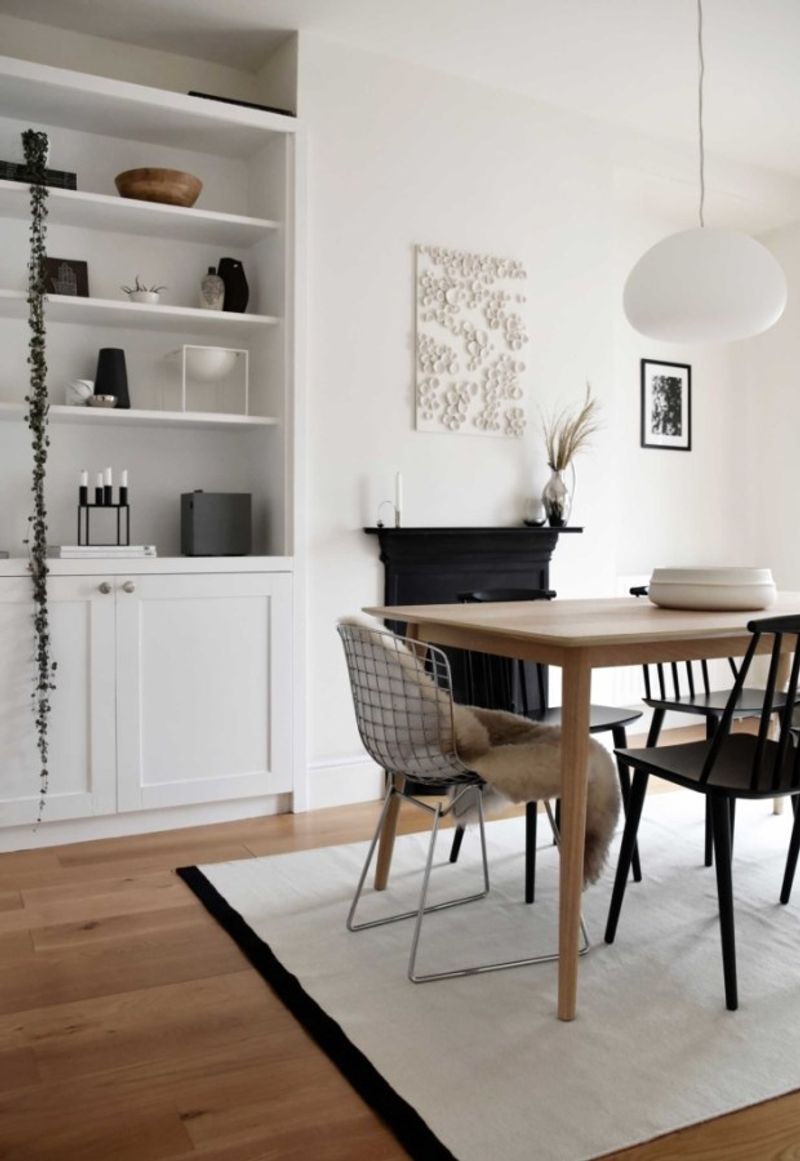
Hidden treasures await at thrift stores, estate sales, and online marketplaces. Well-made vintage furniture often costs a fraction of new items while offering superior craftsmanship.
Focus on finding solid wood pieces with clean lines that can be refreshed with simple updates. A coat of paint, new hardware, or reupholstery can transform dated furniture into minimalist showpieces without breaking the bank.
5. Use Simple Window Treatments
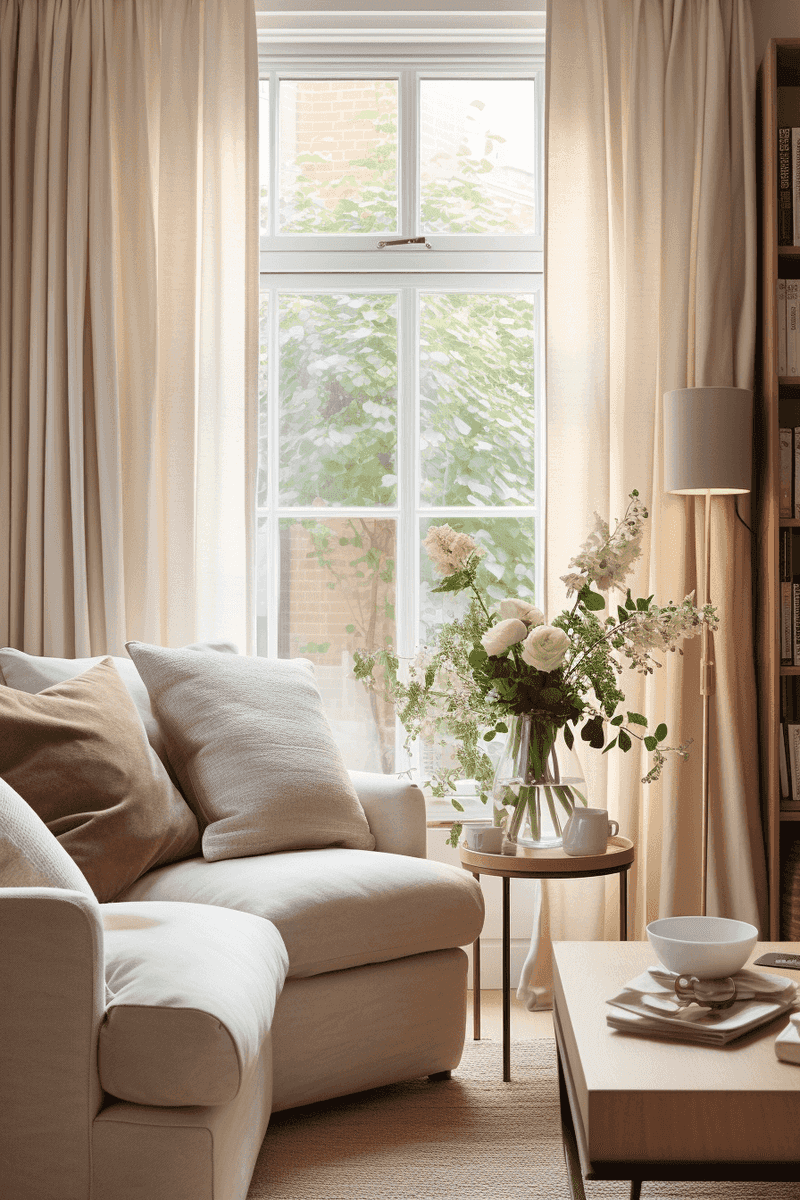
Windows dressed in complicated layers feel visually heavy and collect dust. Simplify with basic white blinds or natural cotton curtains that filter light beautifully.
Skip the valances, tiebacks, and ornate hardware in favor of streamlined options. Many big box stores offer affordable, ready-made options that create a clean look. For ultra-budget solutions, hemming a drop cloth creates perfect minimalist curtains.
6. Limit Decorative Accessories
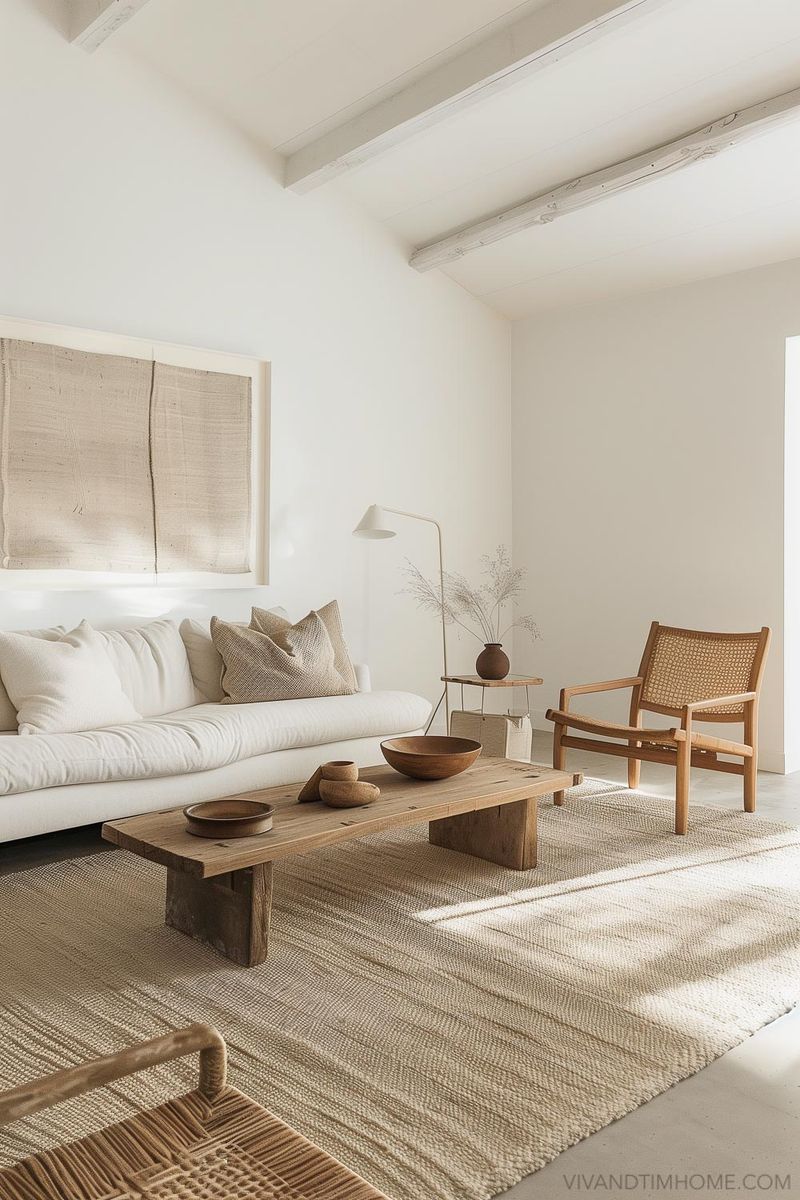
Quality over quantity becomes your mantra when selecting decorative items. Choose just a few meaningful pieces that truly enhance your space rather than dozens of knickknacks.
Display one striking vase instead of a scattered collection, or choose a single large art piece over a busy gallery wall. Stick to a one-in-one-out rule when bringing in new items to preserve a clean, intentional minimalist vibe.
7. Create Open, Airy Spaces by Rearranging Furniture
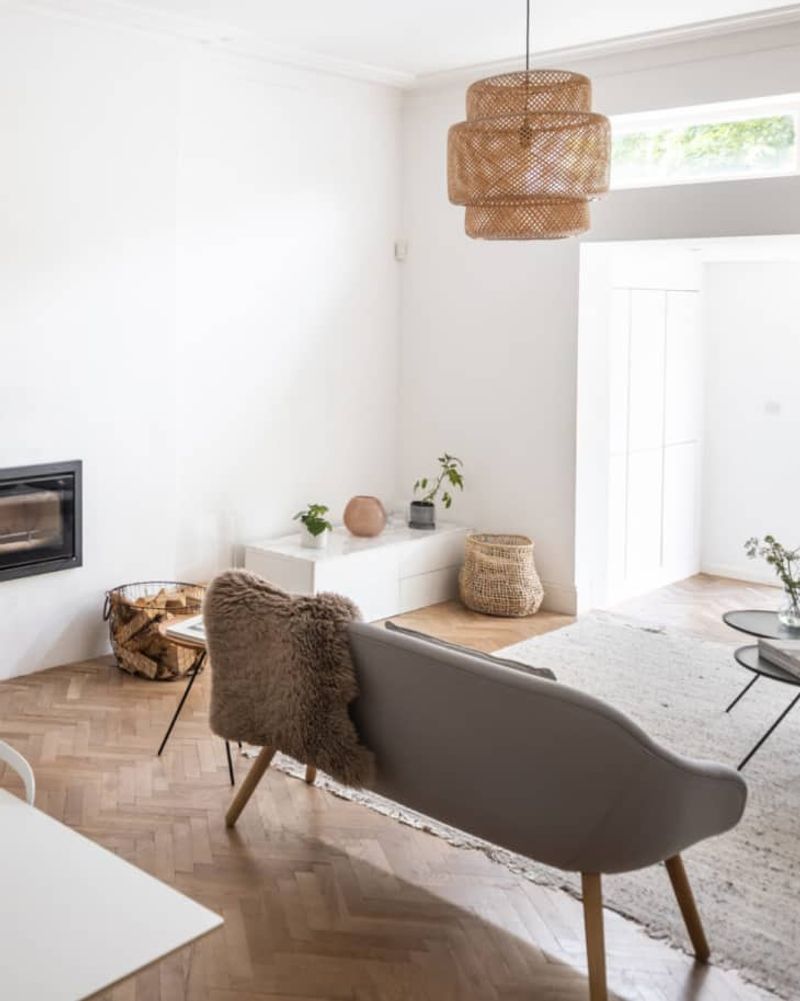
Moving furniture away from walls creates surprising breathing room in your home. Try floating your sofa in the living room or positioning your bed at an angle.
Experiment with different layouts until you find one that maximizes flow and function. Clear pathways between rooms and furniture groupings make spaces feel intentionally designed rather than crowded, all without spending a dime on new items.
8. Opt for Clean Lines and Simple Shapes

Visual simplicity creates instant calm in your surroundings. When selecting new items, gravitate toward furniture with straightforward silhouettes and minimal ornamentation.
A rectangular table with slim legs feels lighter than an ornately carved one. Even budget retailers now offer clean-lined options inspired by mid-century and Scandinavian design. Look for pieces that won’t visually clutter your space with unnecessary details.
9. Incorporate Natural Light Wherever Possible
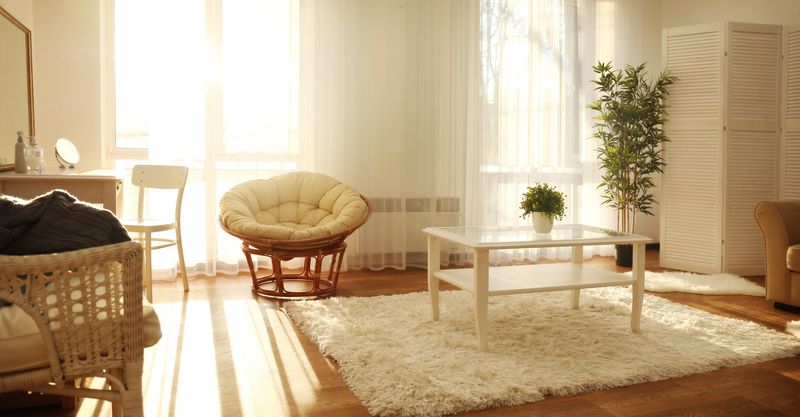
Sunshine costs nothing yet transforms any space! Remove heavy window coverings that block daylight and strategically place mirrors to bounce existing light around rooms.
Clean your windows regularly to maximize brightness. Choose simple paper lanterns or basic drum shades that provide ample light without visual clutter. Bright, well-lit spaces naturally feel more expansive and uplifting.
10. Focus on Quality Over Quantity
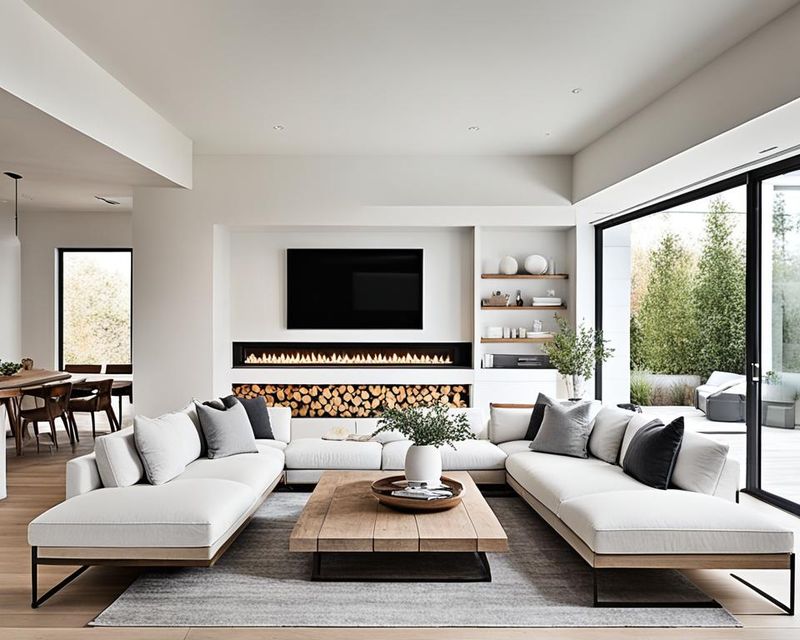
Saving up for one exceptional piece creates more impact than filling your home with mediocre items. Perhaps invest in a comfortable sofa while keeping other furniture simple.
Consider materials that age beautifully—solid wood develops character, while quality cotton becomes softer with time. Research durability and timeless design. Better to have empty spaces temporarily than fill them with items you’ll soon replace.
11. DIY Storage Solutions to Reduce Clutter

Unleash your creativity with simple storage projects! Repurpose wooden crates as bookshelves, transform mason jars into bathroom organizers, or create under-bed storage from cardboard boxes wrapped in fabric.
Online tutorials abound for no-cost organizing solutions using items you already own. When everything has a designated home, surfaces stay naturally clear, maintaining that coveted minimalist aesthetic without expensive storage systems.
12. Keep Surfaces Clear and Uncluttered

Countertops, tables, and shelves breathe easier when not burdened with unnecessary items. Store appliances you don’t use daily and limit decorative objects to just one or two per surface.
Create simple systems for managing incoming papers and mail before they pile up. Empty space isn’t wasted—it’s an intentional design choice that gives your eyes and mind places to rest, creating that peaceful minimalist atmosphere.
13. Choose Timeless Designs to Avoid Trends
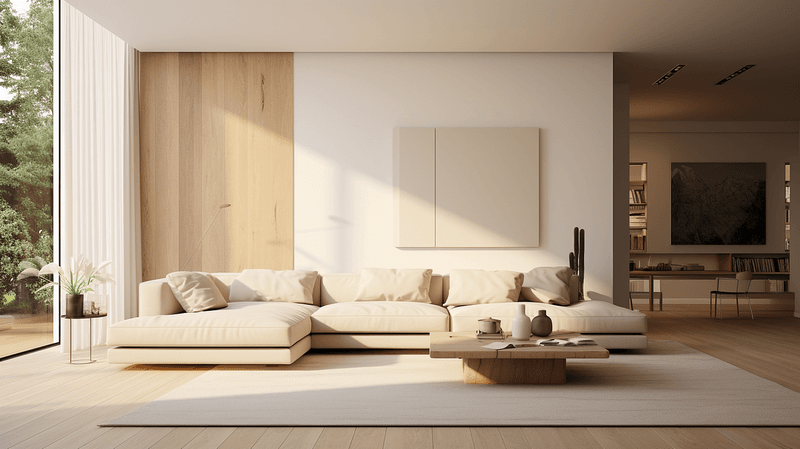
Fads fade quickly, leaving your wallet lighter and your home dated. Instead, invest in classic designs that have remained stylish for decades—think Shaker cabinets, simple upholstery, and traditional wood finishes.
When tempted by trendy items, ask yourself if you’d still love them in five years. Limit trend-following to inexpensive textiles like pillows or tea towels that can be easily changed without major expense.
14. Use Plants to Add Life Without Overcrowding
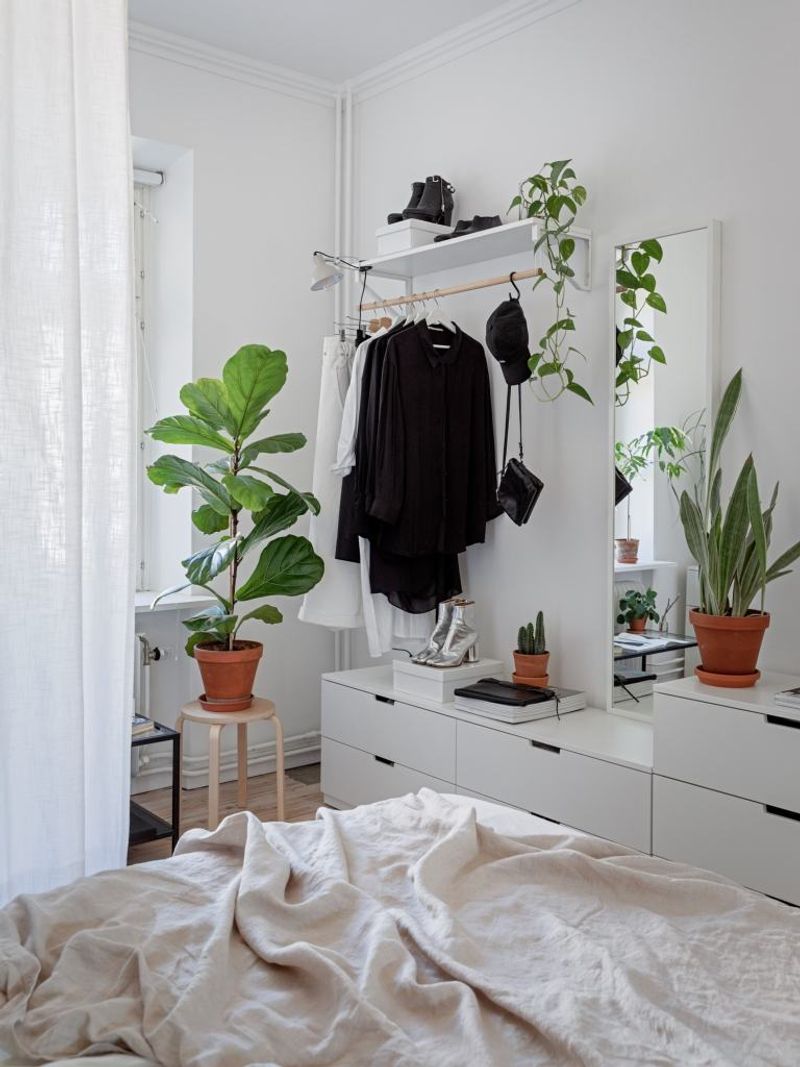
Greenery brings warmth to minimalist spaces without visual clutter. Select a few statement plants rather than dozens of small ones—a large fiddle leaf fig or snake plant creates impact while purifying air.
Propagate existing plants for free new additions, or swap cuttings with friends. Choose simple containers in natural materials rather than decorative pots. Even grocery store herbs in plain terracotta create that perfect balance of nature and simplicity.
15. Maintain Consistent Flooring Throughout Rooms
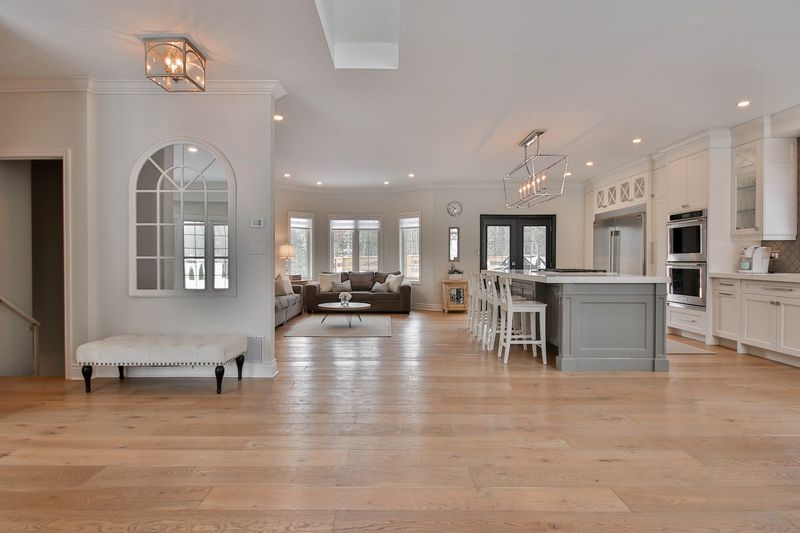
Visual continuity makes spaces feel larger and more cohesive. If replacing flooring isn’t in your budget, consider painting existing floors in one consistent color or using large, neutral area rugs to unify different rooms.
For affordable updates, vinyl plank or laminate flooring that mimics wood offers style without the high price tag. Continuous flooring throughout creates visual flow, making your home feel more cohesive, open, and thoughtfully designed.
16. Regularly Reassess and Edit Your Space
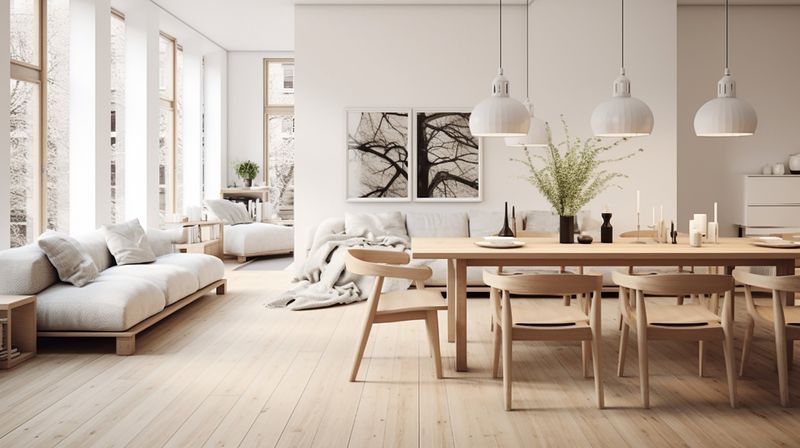
Minimalism isn’t a one-time project but an ongoing practice. Schedule quarterly sessions to evaluate what’s working and what isn’t in your home.
Items have a way of accumulating despite our best intentions. Ask yourself if each possession still serves its purpose or brings joy. This regular maintenance prevents clutter from rebuilding and keeps your minimalist sanctuary feeling fresh without spending a dime.

